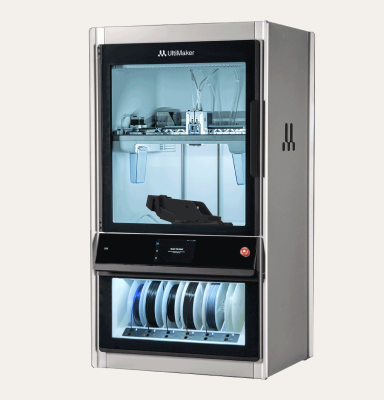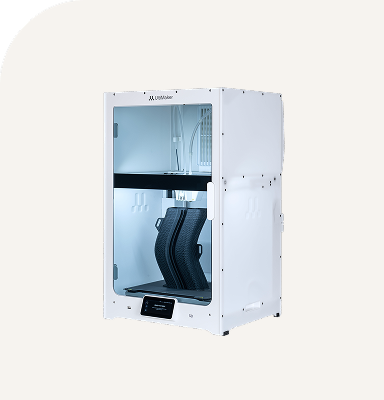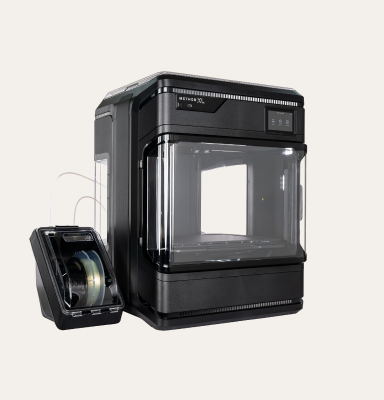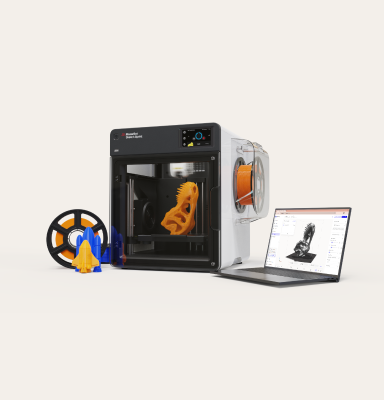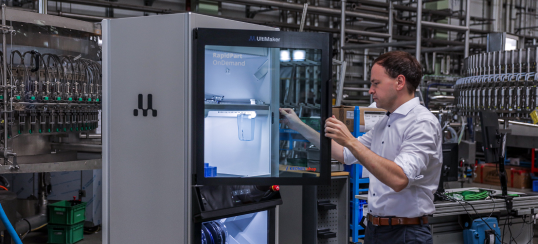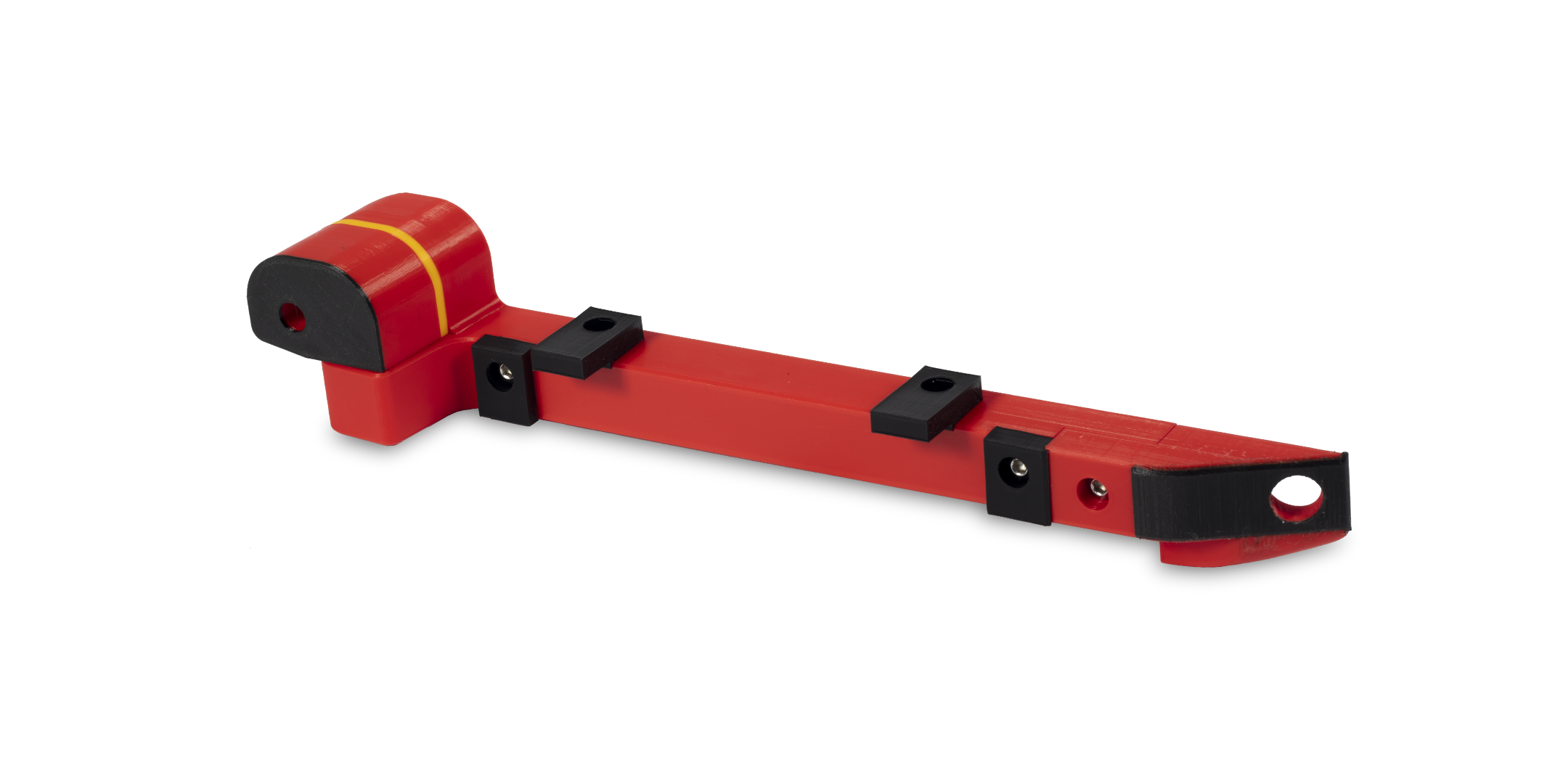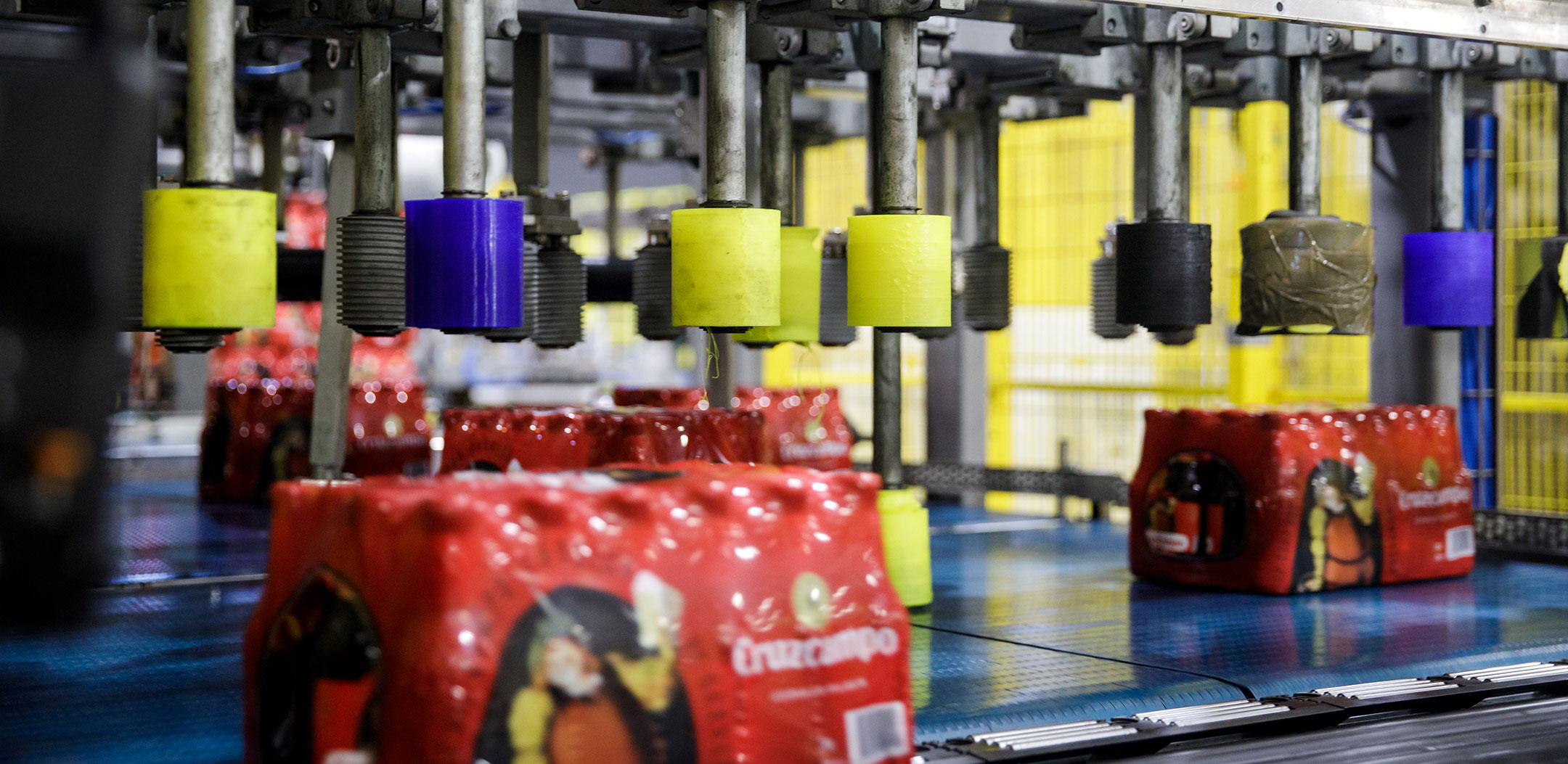In 3D printing, "wear-resistance” refers to a material’s ability to withstand damage from repeated contact during regular use. When damaged from wear, a part will gradually lose its surface, causing deformation or misshapenness.
Why is wear-resistance important?
If a part is prone to wear, it can eventually become ineffective, inefficient – or even dangerous. Parts printed with wear-resistant material are more durable, and can therefore be used for longer periods of time without replacement. In addition to wear-resistance, it is important to consider a material’s coefficient of friction. This refers to the amount of resistance a substance exerts on materials or substances that move over it. Plastics typically have a low coefficient of friction, which makes plastic material prime candidates for 3D printing wear-resistant parts.
Common uses of wear-resistant materials
Wear-resistant materials are often used in mechanical engineering, as well as in the automotive and electronics industries – or any environments producing parts or products that contain:
Moving applications. Applications or processes that contain moving parts – gears, bushings, or bearings, for example – are prone to wear damage. As such, wear-resistant materials are key.
Tooling. When wear-resistant, tools, jigs, and fixtures used in assembly or manufacturing environments will require less maintenance and infrequent replacement. This will ensure that workflows remain swift and costs as low as possible.
End-use parts. When created with wear-resistant materials, parts will last longer and be more durable, resulting in lower costs.
What else should you know?
Get acquainted with tribology. "Tribology" refers to the study of friction, lubrication, and wear – as well as the science and engineering of surfaces in relative motion. It is a common term when the topic of wear-resistance is discussed.
Know when to replace your part. Ultimaker Cura features a “set outer wall extruder,” setting, in which you can indicate that your outer layer must be of a wear-resistant material and the inside of a cheaper material such as PLA. By using different colors of material, you can easily see when your part is becoming worn down, one color will begin to disappear, indicating its need for replacement.
A 3D printed window gauge for automobile production. It is created with black TPU that wears away with use, alerting the user of its need for replacement
Minimize surface impact. By using a soft material such as TPU for a part’s outer layers, you can minimize its surface impact, enabling the part to last longer in a stressful environment. This can be seen in the below application from Heineken’s bottling plant, where there is continuous motion and friction between the print surface and the glass bottles.
In Heineken's bottling plant, wear-resistant parts are 3D printed with TPU to allow for continued contact with glass bottles
Use additives to your advantage. Wear-resistant materials can be improved by using additives such as glass and carbon. Additionally, solid lubricants can be used to eliminate the need for extra lubrication, offering advantages such as reduced wear, better operating characteristics, and greatly reduced maintenance efforts.
Our wear-resistant material partners
The following are some of Ultimaker’s material partners that offer wear-resistant materials. You can find more on the Ultimaker Marketplace.
Igus GmbH
Igus iglidur® I150 Tribofilament is a special material developed for use as bearing material and for wear parts. Its ease of use and high abrasion resistance make it a go-to material for applications with movement and friction
Igus® iglidur® I180 Tribofilament is a special material developed for use as bearing material and for all types of wear parts. In applications with movement and friction, it eliminates the need for extra lubrication
"Our iglidur materials have initially been developed to be used as bearings and all kind of components that enable low-wear, lubrication free motion – hence our tagline 'motion plastics'," Niklas Eutebach, Development Engineer Additive Manufacturing at Igus GmbH, said. "These materials are typically used for assemblies that are subject to any kind of motion, such as rotating, pivoting, or gliding."
Jabil
Jabil PA 4535 CF is a PA Copolymer with 35% CF that provides greater stiffness, strength, and toughness over similar products. With 40% improvement strength and some ductility, it is also an ESD material.
"Jabil PA 4535 has gained significant interest from multiple markets including drones, sporting equipment and brackets that require strong and stiff performance beyond what was previously available in filament form," Matt Torosian, Director of Product Management and Additive Manufacturing at Jabil, said. "The base polymer of PA 4535 CF and PA 4500 also form the foundation for applications requiring excellent wear and friction properties. These materials reflect the approach of the Jabil Materials Innovation Center in Minnesota to develop enhanced materials with excellent with curl resistance, low shrinkage, and high flow, that print very well on open platforms like Ultimaker."
LEHVOSS Group
LUVOCOM 3F PAHT® CF 9891 BK is a high-temperature, carbon fiber-reinforced, polyamide-based material. It provides high strength, stiffness, and minimized water uptake
LUVOCOM 3F PAHT® 9825 NT is a high-temperature polyamide-based material. It has the strength of a PA6 without sacrificing any of its printability
"Wear and friction performance of a material are depending on the tribological system – for example speed, pressure, temperature, surface roughness. [This is why] tribology is one of our focus issues," Thomas Collet, head of 3D Printing Materials at LEHVOSS Group, said.
Ensinger GmbH
Ensinger TECAFIL PA6 GF30 Black is a 30% glass fiber-reinforced polyamide manufactured under the trade name TECAFIL PA6 GF30 Black. It offers higher strength, rigidity, creep strength, and dimensional stability compared with unreinforced polyamide 6.
"In 3D printing, very high strength plays an increasingly important role. From the initially very design-focused components, the mechanical properties are of increasing importance and production is increasingly focused on end-use part," Dilara Yüce, Product Development, at Ensinger GmBH, said. "Our wear resistant PA 6 GF 30 material promises high dimensional stability and good heat resistance. When you focus on good printability you should always consider good wear-resistance."
Interested in learning more about Ultimaker’s wear-resistant material partners? Visit the wear-resistant materials page on the Ultimaker Marketplace
Additionally, you can explore Ultimaker’s range of 3D printers that are compatible with wear-resistant materials.

